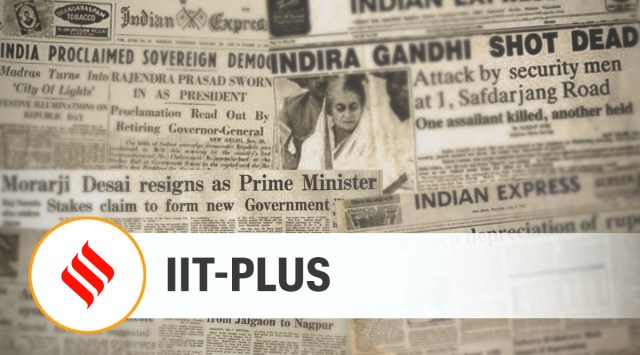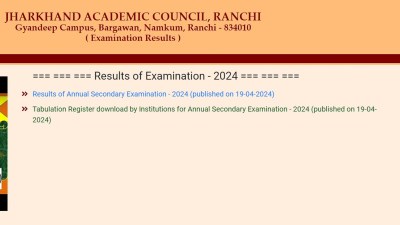- India
- International
IIT success as B-schools is a sign of a more expansive education vision taking root at premier engineering institutions
This success offers a lesson: Given adequate financial resources and the autonomy to decide their own trajectory, higher education institutions can build on their unique strengths to live up to the ambitious blueprints of policymakers.
 What is giving the IITs momentum in challenging the best business schools is a focus on research.
What is giving the IITs momentum in challenging the best business schools is a focus on research.
Six IITs are now among the top 20 management institutions in the country, some even outpacing reputed business schools such as IIM-Indore and IIM-Lucknow — proof that India’s premier engineering schools are not content to remain just that. The signs of a more expansive vision of education, that looks beyond tech to embrace the world of humanities and law, arts and architecture, have been evident at the IITs for a while now. IIT-Kharagpur, for example, opened a medical college in 2018; over a decade earlier, it had set up a school of law focussed on intellectual property. The highest ranked IIT on the National Institute Ranking Framework in the management category, IIT Delhi, started offering MBA programmes in the late 1990s. Over the years, several IITs have gone on to offer courses in humanities, social science and literature as well, arguably in response to a growing realisation that an exclusively technical education can become a stunted one. The transformation has been slow and steady, at a pace decided by the IITs and on their own terms. But it signals an important, welcome change — it is increasingly hard to conceive of education, even professional education, in silos. Indeed, the IITs have been chipping away at a working model of interdisciplinary education, much in the mould of what the National Education Policy envisages a future university ought to be.
This success offers a lesson: Given adequate financial resources and the autonomy to decide their own trajectory, higher education institutions can build on their unique strengths to live up to the ambitious blueprints of policymakers. For example, what is giving the IITs momentum in challenging the best business schools is a focus on research. Where the IITs falter is an old, deep-rooted deficiency — gender diversity. Despite the introduction of supernumerary quotas to increase the intake of women, the IITs remain a largely male preserve — here, they are losing out to the IIMs, which do much better on the count of inclusivity.
For decades now, the IITs have defined success for lakhs of students barely out of school, ready to hurl themselves into rigorous hyper-competitive training to procure a seat at the elite institutions. Some of the features of this regime have been called into question, from the social bias that makes an IIT classroom predominantly male and upper-caste to the rigid walls between science and arts education. Not all of those questions, especially on gender and caste inclusion, have found satisfactory answers. But a widening of the IIT canvas bodes well — for the larger education ecosystem.
This editorial first appeared in the print edition on September 13, 2021 under the title ‘IIT-plus’.
EXPRESS OPINION
More Explained
Apr 19: Latest News
- 01
- 02
- 03
- 04
- 05
































